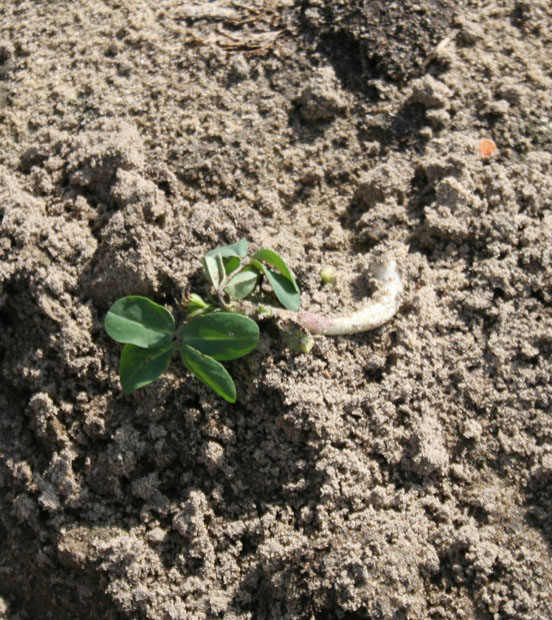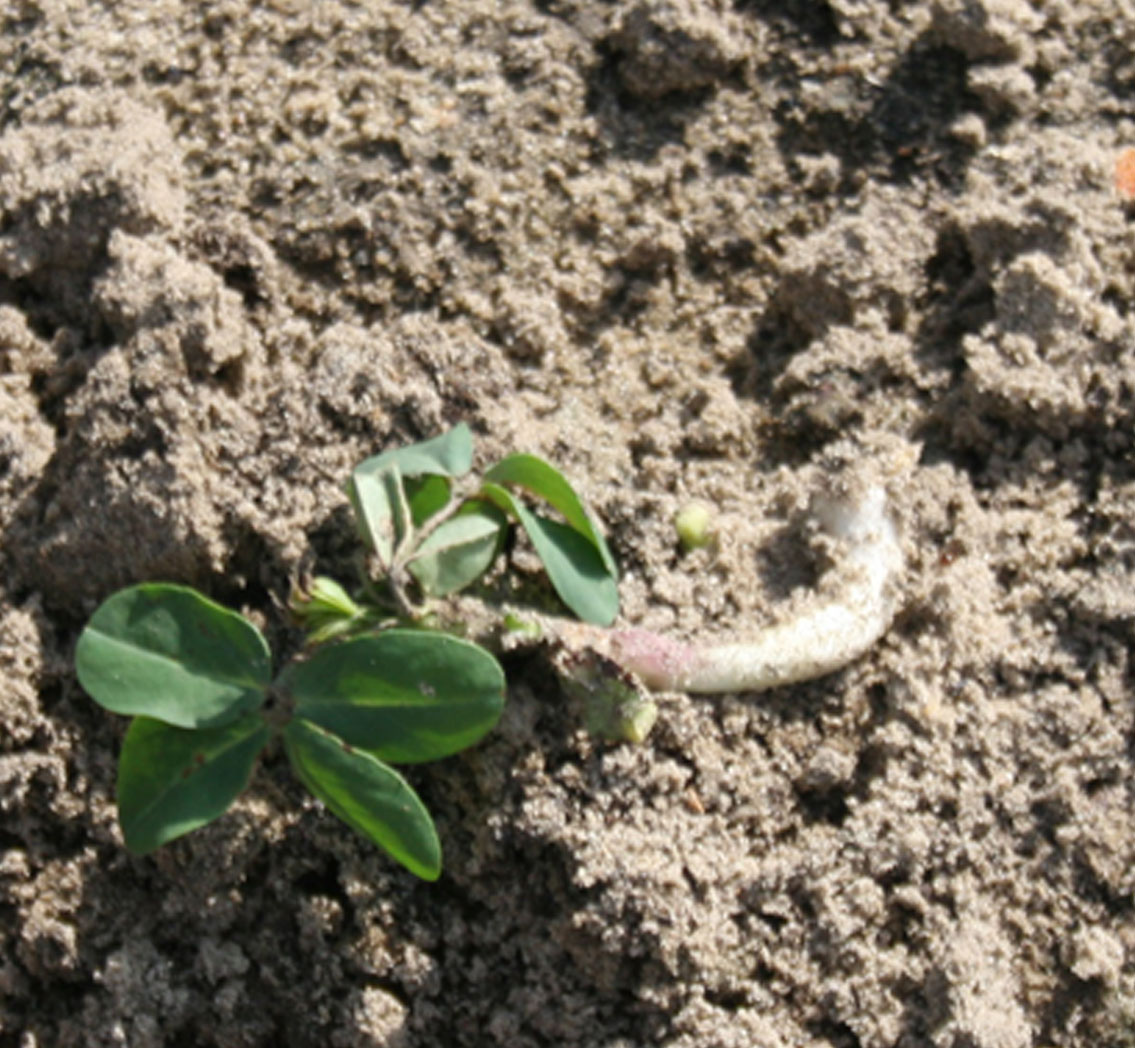Feral hogs may be prime prey for hunters, but to Georgia farmers they’re the ultimate predator. They destroy farmland, eat away at a farmer’s crops and drastically reduce potential profits.
Jay Porter, the University of Georgia Extension agent in Dooly County, says feral hogs cause about $1 million in agricultural loss each year. A 2011 survey conducted by UGA wildlife specialist Mike Mengak, revealed that more than $84 million was lost in the 41 counties that comprise the 41 counties in southwest Georgia.
“It’s always been a problem in certain parts of the state, southwest Georgia being one of them. Pig populations grow so rapidly that it’s hard to control them,” Porter said. “It’s gradually becoming more of an issue, year in and year out.”
Along with the major yield losses, feral hogs also leave aggravating messes for farmers to clean up. Porter said hogs destroy fields to the point where two or three passes are required with a tractor just to smooth the field so replanting can occur.
“You’re looking at equipment costs, fuel costs and labor costs on top of your crop losses,” Porter said.
Billy Sanders, a longtime Dooly County farmer, believes feral hogs are becoming increasingly problematic because of the excess rainfall the state has received over the past year. Feral hogs migrate close to water sources, such as Sandy Mount Creek in Vienna, which is just a couple of hundred yards from Sanders’ peanut field. Feral hogs destroyed 24 straight rows of Sanders’ crop last week.
“In recent months, we’ve just got out of a severe drought that lasted several years, and it appears to me that being out of the drought and the water supply being more common for them everywhere, our damage is more widespread,” Sanders said.
Four or five years ago, Sanders’ 60-acre peanut field was destroyed to the tune of $30,000. The devastation came after the peanuts sat in the field for three weeks because of excessive rainfall. As Sanders notes, what was initially a harvest operation quickly became a salvage operation.
What’s the issue?Feral hogs are a major problem in large part because of their reproductive capacities. Charlie Killmaster, a deer and feral hog biologist with the Georgia Department of Natural Resources, says unlike deer, which breed in the fall and have their young in the spring, feral hogs breed when they’re ready and don’t stop. The result is a reproductive rate that is “just astronomical,” he said.
“They can have their young as early as 6 months of age. Then the reproductive capacity is extremely high, on average, six to eight piglets per litter, up to 12,” Killmaster said. “You’ve got a relatively short gestation period of 114 days compared to deer which is 200-210 days. Theoretically, they could almost have three litters in one year.”
The high populations are made worse by the animal’s unpredictability. They feed on peanut, cotton, wheat and other grain crops.
Feral hogs particularly like nutgrass growing in cotton fields. Sanders has seen hogs dig a hole “half-knee deep” to get one small nut off a nutgrass plant. This makes the area unharvestable.
Sanders and his family are in the process of harvesting wheat in spite of the fact that many fields are severely hog damaged. He won’t plant wheat again until the feral hog population is reduced.
Feral hogs can also harm the environment. Killmaster said hogs root up nests of sea turtles, an endangered species. They also contribute to soil disturbance and interfere with tree regeneration. At times, pine trees have had to be replanted two or three times because hogs eat pine seedlings, he said.
“Anywhere you have them, they’re completely destructive. They’re terribly damaging to any environment they invade,” Killmaster said.
The peak times for hog damage are during planting and harvest seasons. During those times of year, it’s not uncommon for Dooly County Extension to receive a couple of calls a week about feral pigs damaging fields.
Cracking down on the problemWhat can be done about a pest that reproduces rapidly and is difficult to target? One way is to crack down on the illegal transportation of hogs.
Wild hogs are sometimes caught and transported to another location for hunting, which is illegal if done in an unfenced area. Transporting hogs can range from a pig in a dog box in the back of a truck to scores of swine in a 35-foot livestock trailer.
“The problem is pigs breed frequently. When you move one or two hogs to a location — it only takes two hogs to make a breeding population — they will take over an area pretty quickly,” Porter said.
One method he prefers for controlling feral hog damage is the use of corral traps, large enclosures that trap 20-30 pigs at one time.
Porter and Killmaster were part of a brainstorming meeting held Friday, June 13. State and national officials were informed and educated about the dangers feral hogs pose to farmers and farm land throughout the state.
“Our event today, in my mind, was to start a conversation, to get the powers-that-be together, see what the problem is and come together on a local, state and federal level, and find a solution that works for everybody and is cost effective,” Porter said.
For more information about resolving human-wildlife conflicts, see http://extension.uga.edu/publications/detail.cfm?number=B1248.







.jpg)
